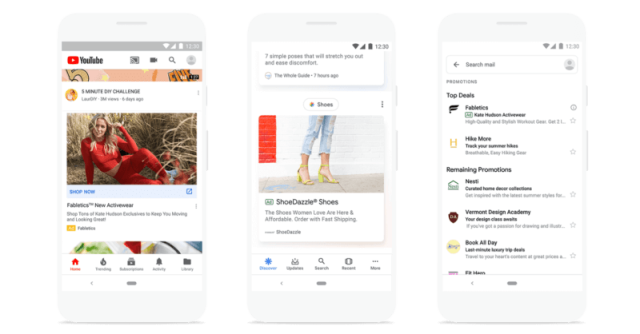A recent study from BrightLocal highlights exactly how powerful Google My Business is for helping local companies get found by local consumers and increase their sales.
The findings are the result of research from 45,000 businesses using GMB from 36 different industries from 4 countries.
Based on the findings, it seems that GMB not only helps improve search engine visibility, but phone calls, store traffic, and more.
GMB Gets Your Business Found Over 1,000 Per Month
On average, the study says an individual business gets found in Google My Business listings in 1,009 searches each month – or approximately 33 times a day.
Importantly, more than 80% of those searches are “discovery” searches which seek out a business category rather than a specific business name.
The findings also revealed that three-quarters of these searches were done using Google Search, while the other 25% was done on Google Maps.
5% of GMB Listing Views Convert
Local businesses receive an average of 59 actions each month from their Google My Business listing, according to the report.
When you compare that with the 1,009 views each month, that suggests roughly 5% of GMB listing views directly lead to a website click, call, or direction request.
Compared to BrightLocal’s findings from 2017 to the most recent study, that is a 25% improvement in conversion rates – rising from 3.87% to 4.83%.
Specifically, businesses received approximately 29% more website clicks from their GMB listings and 22% more calls.
Other Findings
The study noticed that listings with more images received more views compared to those with fewer photos.
Overall search volume also increased from 2017 to 2018, with direct searches up 38% and discovery searches rising by 6%.
To see the full report on the performance of GMB listings, click here.






